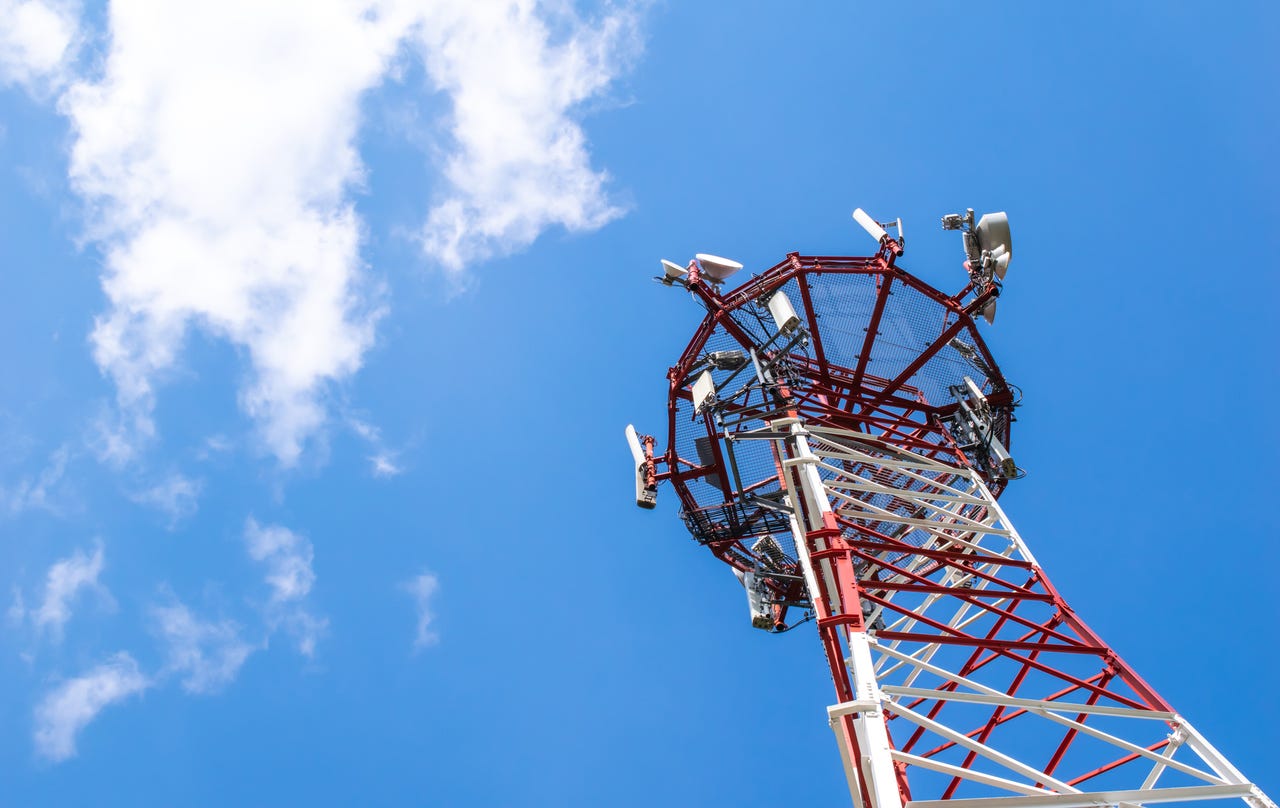
































5G is now the standard choice for connecting mobile phones and devices around the globe. But it has been slow to catch on within the walls of enterprises that are working on connecting systems, devices, and machines. For the time being, 5G's potential remains centered on connecting services and applications that cross outside these walls.
At issue for 5G within enterprises is a lack of connectivity expertise, killer apps, and significant advantages over existing Wi-Fi networks.
Also: 5G and edge computing: What they are and why you should care
Enterprise 5G did not gain traction in 2023, and will likely not do so in 2024, the authors of a recent analysis out of ABI Research, conclude: "In deciding about investments for connectivity technologies, enterprises are much more interested in use cases and outcomes than in the name of the connectivity technology -- especially because the implementing enterprises are not connectivity technology experts," they state.
While 5G has been a hit in the consumer segment, "there has been little traction selling to enterprises," agrees Tom Snyder, executive director of RIoT, an IoT community hub, in a recent article. Companies were expected to take advantage of 5G capabilities that "included a new high frequency millimeter-wave component that promised dramatically increased cellular capacity and near-zero communication latency," he states.
Also: 8 ways AI and 5G are pushing the boundaries of innovation together
The integration of artificial intelligence (AI) and machine-learning capabilities is another potential growth area for enterprise 5G, but is not likely to see traction within the coming year, the ABI Research authors predict: "Although artificial intelligence and machine learning has been widely used in telco networks in 2023, it will not likely start to make an impact in the 5G Radio Access Network (RAN) domain. Closed-loop automation, including near-real time (RT) RAN intelligent controllers, will remain a niche topic in 2024."
The main reason for slow adoption in enterprises, Snyder says, is that Wi-Fi is simply more efficient than 5G, without the licensing costs: "Most of the enterprise use cases are about connecting machines and equipment, sensors and actuators and other assets that either don't move at all, or only move a little bit -- like within a factory, for example."
In addition, to date, there hasn't been a compelling killer app for 5G in the enterprise, Snyder believes. "For the large enterprise, having a cellular operator in their network adds cost and complexity, but doesn't displace the IT team, so there isn't a cost savings," he says. For the small enterprise, "the cellular operators can't possibly offer the customer service and real-time support that they can get today from managed service providers for their Wi-Fi networks."
Also: AI at the edge: Fast times ahead for 5G and the Internet of Things
Still, once it involves applications or services that cross enterprise walls, there is great potential for 5G, industry leaders point out. For example, "there is no single technology that can seamlessly track devices both indoors and outdoors," says Samuel Van de Velde, founder and CTO for Pozyx.io. "GPS is limited to outdoor environments, and indoor technologies like Bluetooth or ultra-wideband require dedicated infrastructure. With 5G, the cellular network can be used for both connectivity and positioning, indoors and outdoors. This could potentially disrupt the markets of indoor navigation, vehicle and fleet tracking or asset and material tracking."
Upcoming iterations of 5G will open up capabilities for real-time applications, such as remote surgery, autonomous vehicles, and augmented reality, observes James Weaver, senior director at Cradlepoint. "The next releases of 5G will drive more innovative use cases because service reliability will meet their elevated expectations," he says. "As 5G evolves to standalone networks, network slicing will help deliver consistent performance and latency based upon the chosen slice. By using ultra-reliable and low latency communications services, for instance, low latency can be reserved for specific applications."
Enterprise use cases and applications that employ AI "will drive the need for faster link performance and lower latency so that large volumes of data can be processed, and decisions can be returned faster," Weaver predicts. "AI often depends upon data that originates from the cloud or will need to be stored in the cloud. But the farther away the artificial intelligence is used from the cloud, the more latency is built into the system, which slows decision-making and delivery."
 Горячие метки:
Технологии и оборудование
Горячие метки:
Технологии и оборудование